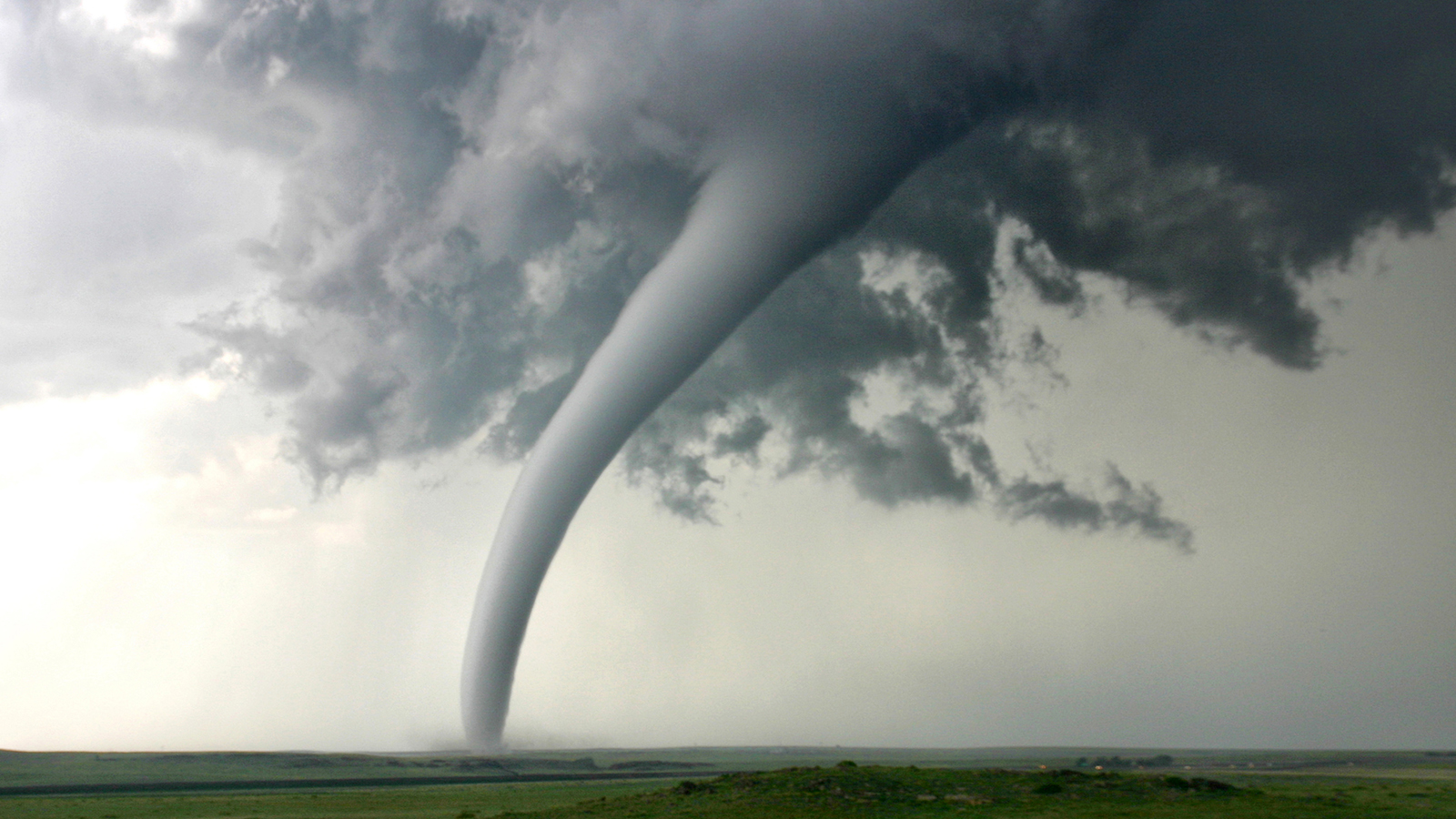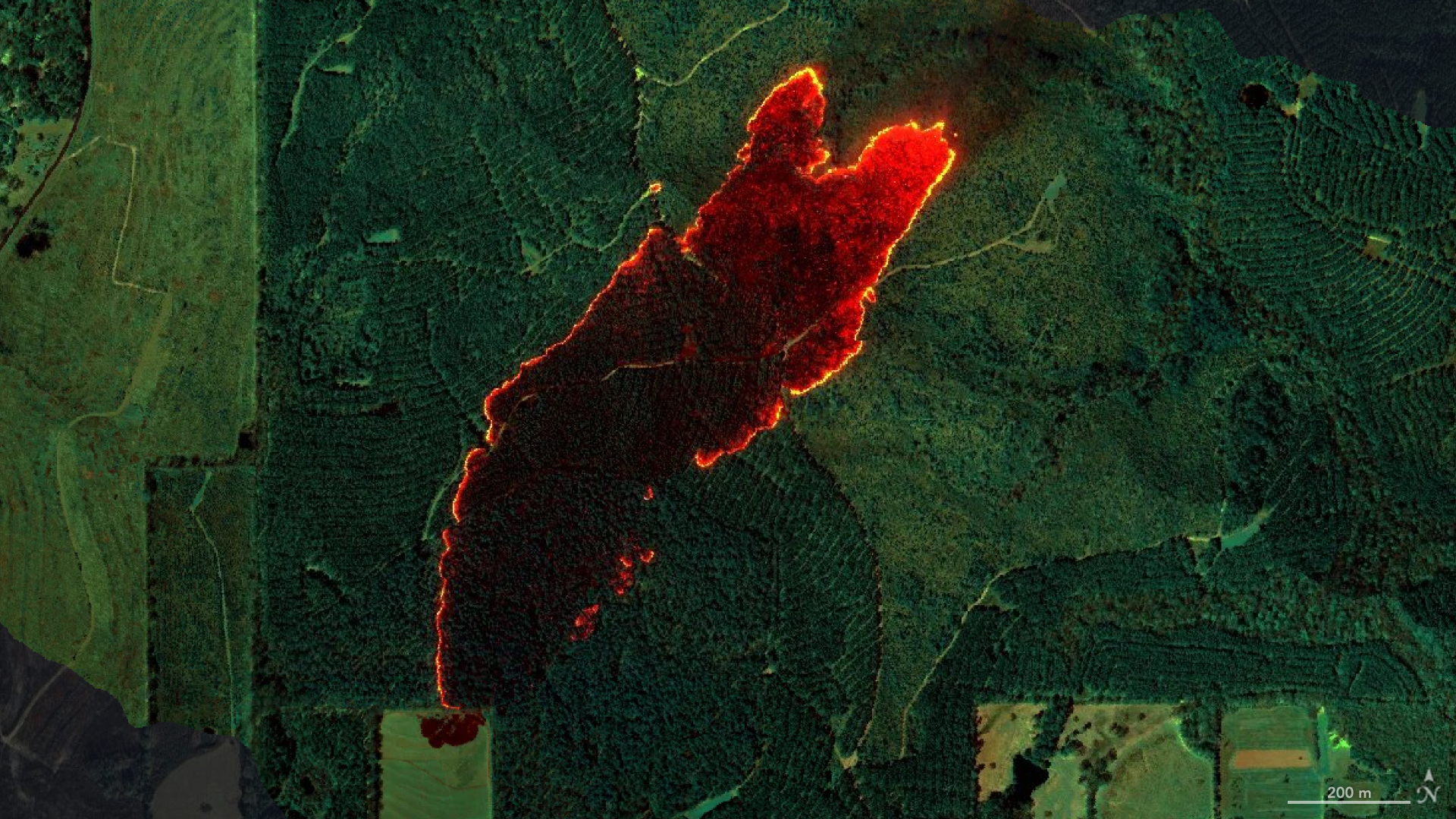Now Reading: 1925 Tri-State Tornado: A Record 200-Mile Path of Destruction
-
01
1925 Tri-State Tornado: A Record 200-Mile Path of Destruction
1925 Tri-State Tornado: A Record 200-Mile Path of Destruction

Fast Summary:
- The Tri-State Tornado, on March 18, 1925, remains the deadliest tornado in U.S. history with a death toll of 695 and over 2,000 injured.
- It traveled approximately 219 miles across Missouri, Illinois, and Indiana at an average speed of 59 mph (95 km/h), staying on the ground for over 3.5 hours.
- Originating in south-central Missouri due to ideal meteorological conditions like cold front collision with warm moist air near a low-pressure system’s triple point.
- There’s uncertainty about whether it was a single tornado or part of a tornado family due to limited historical documentation.
- Towns including Murphysboro (Illinois) suffered extreme damage, losing schools and landmarks while recording one of the highest fatalities.
- Lack of forecasting systems in 1925 led to unprepared communities at school and work during its timing-amplifying its impact.
- The storm reshaped emergency response practices; modern improvements like radar technology and warnings help reduce casualties today.
Link: Read More
Indian Opinion Analysis:
Tornado disasters such as the Tri-State Tornado offer critical insights into preparedness strategies for extreme weather events globally. While India does not experience tornadoes commonly due to differing geographic conditions compared to the U.S.,seasonal cyclones – especially along coastal regions – pose similar challenges in terms of destruction potential.The advancements stemming from lessons learned following events like this include early-warning systems, an area where India has made strides through IMD’s cyclone tracking capabilities but can continue improving coordination between agencies for broader public safety measures.Highlighting vulnerability within small communities (as witnessed hear) emphasizes that outreach programs targeted toward regional disaster education are equally vital alongside technological progress.
India’s disaster management strategies can take cues from how large-scale U.S. tragedies have reformed systemic responses-ensuring timely action saves lives amid unforeseen natural calamities.
Link: Read more
























